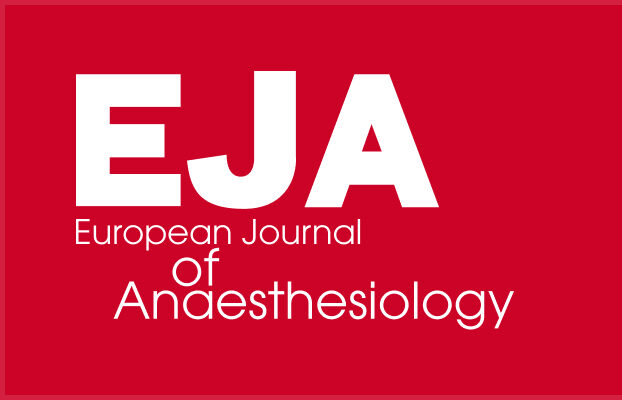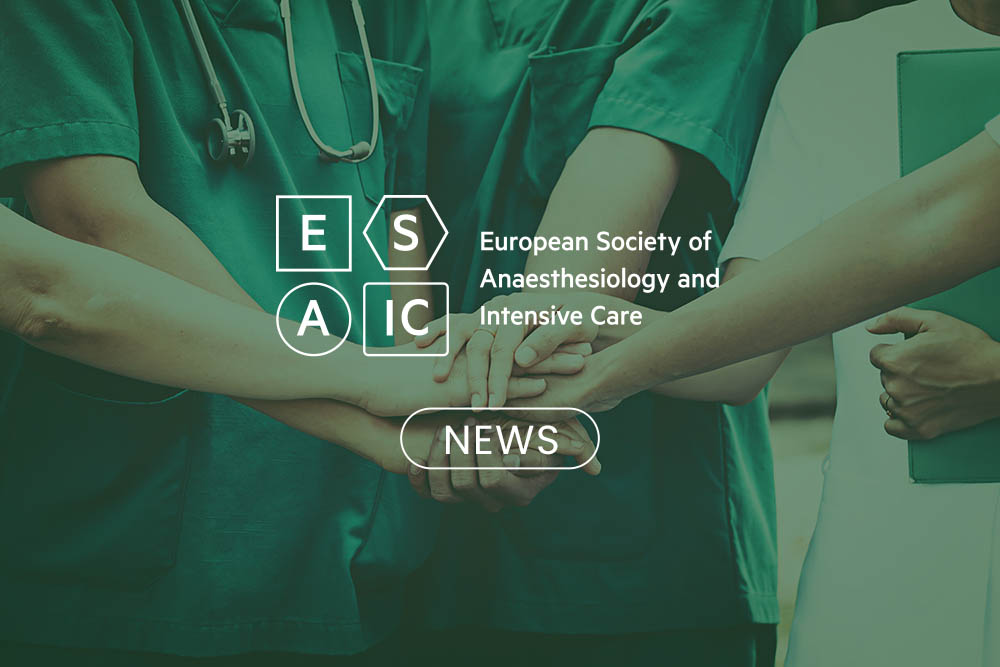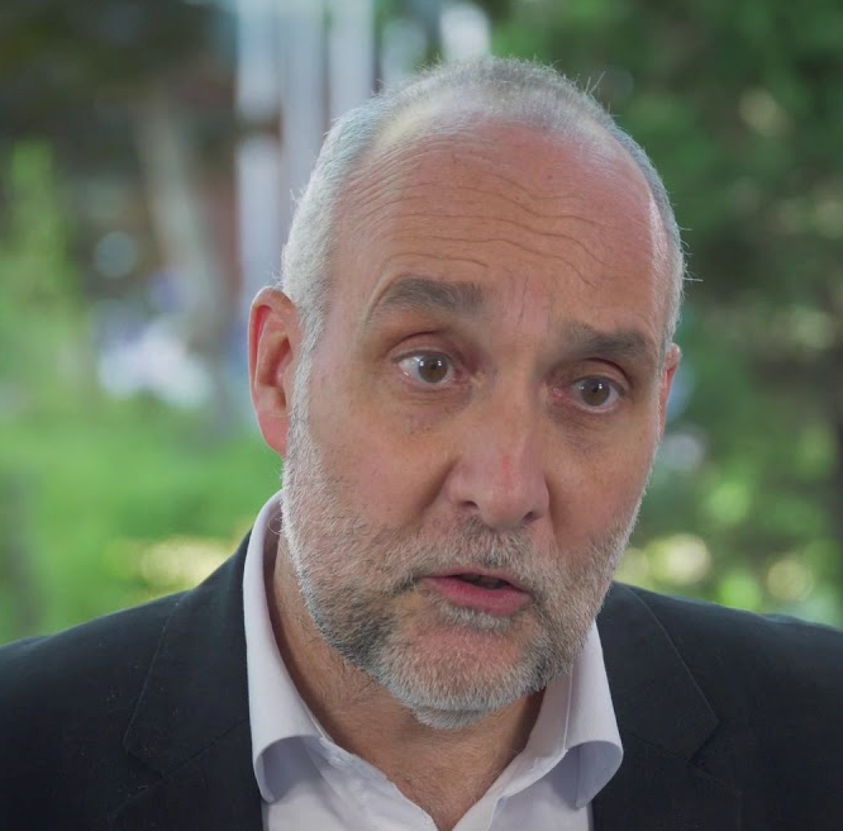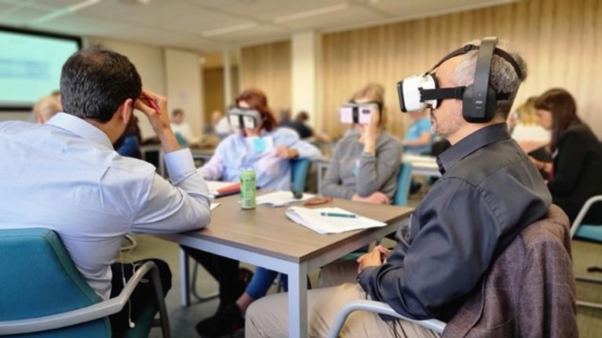Newsletter 2023
EJA-EJAIC Committee 2022 report
Marc Samama
EJA Editor-in-Chief
The EJA-EJAIC Editorial Team is the largest ESAIC committee, with eight Deputy-Editors-in-Chief, nine Associate Editors, six Deputy-Associate Editors, and four Language Scientific editors, two Methods, Statistics, and Epidemiology Editors, one Book and Media Reviews Editor, and an Editor-in-Chief (EIC). Our editors come from twelve different European countries. We also benefit from the commitment of our Journal Manager (Lizzy Seal) and our publisher (Daniel Hyde), both from the United Kingdom and working at Wolters Kluwer’s.
2022
Last year, 1294 manuscripts were submitted to the Journal (EJA). They all have been tested by the iThenticate software to detect plagiarism. Among them, 187 manuscripts were identified with significant similarities with already published work (>20%), and 85 were rejected before triage by the EIC.
The Deputy EICs and the EIC assessed the remaining texts weekly. Every Monday at 18:00, this small group meets online for in-house triage with the journal manager and publisher and decides the fate of each previous week’s submitted manuscript. There are several possibilities: sent out for review to a handling editor who will invite some reviewers, reject a proposition of resubmission as a short scientific report, or resubmission to our new Open Access journal, the European Journal of Anaesthesiology and Intensive Care (EJAIC)
EJA sessions at Euroanaesthesia
The EJA session and the Meet the EICs session went well in Milano, and we have planned two new sessions for the Glasgow meeting
EJA Impact Factor
2021 If it is stable (4.18 compared to 4.33 in 2020) as, comparatively to other journals, no COVID papers were published in 2020. Even if, by definition, the current Editorial team bears almost no responsibility in this figure, the policy is still to decrease the acceptance rate to increase the quality and the citation level. As usual, guidelines, reviews and controversies are the most cited articles.
Podcasts – Videos – Teasing – Featured articles – Visual abstracts
The ESAIC Communication Department (Arta Leci and George John) promote audio-visual teasing for the Journal. In addition, a video and a podcast are scheduled every month. The choice of the articles, highlighted by the podcast and the video, is made two months ahead of the publication in the regular issue by the EIC.
The EIC selects three featured articles every month, two months before the final publication. In addition, the publisher posts a teaser on the EJA website and uses eBlasts.
EJAIC
The Online Open Access journal has been launched. The submission rate follows an increasing slope. Six issues per year are scheduled with no limit to the number of pages. In addition, an Editorial has been published in the EJAIC, the EJA and the ESAIC Newsletter to advertise this new opportunity to publish a manuscript. As soon as 25 articles have been published (end of second quarter 2023), EJAIC will be referenced in PubMed.
2023
The EJA will celebrate its 40th birthday. A survey was sent to the formal editorial team, including the former editor in, chief and the running editorial team, to select the best 40 articles published since 2013. They will be collected in a special issue and published during Euroanaesthesia Glasgow.
Several Guidelines will be published: Fasting guidelines in Paediatrics, NMBA guidelines, Intraoperative cardiac arrest, Focused Cardiac Biomarkers, and last but not least, the Severe bleeding guidelines.
Several comments and opinion papers will hopefully make the buzz.
A 2hrs webinar dedicated to Editorial activities is planned in March with unique content for young reviewers (mentees)
[maxbutton id=”1″ url=”https://www.esaic.org/newsletter/” text=”Read the Newsletter”]










